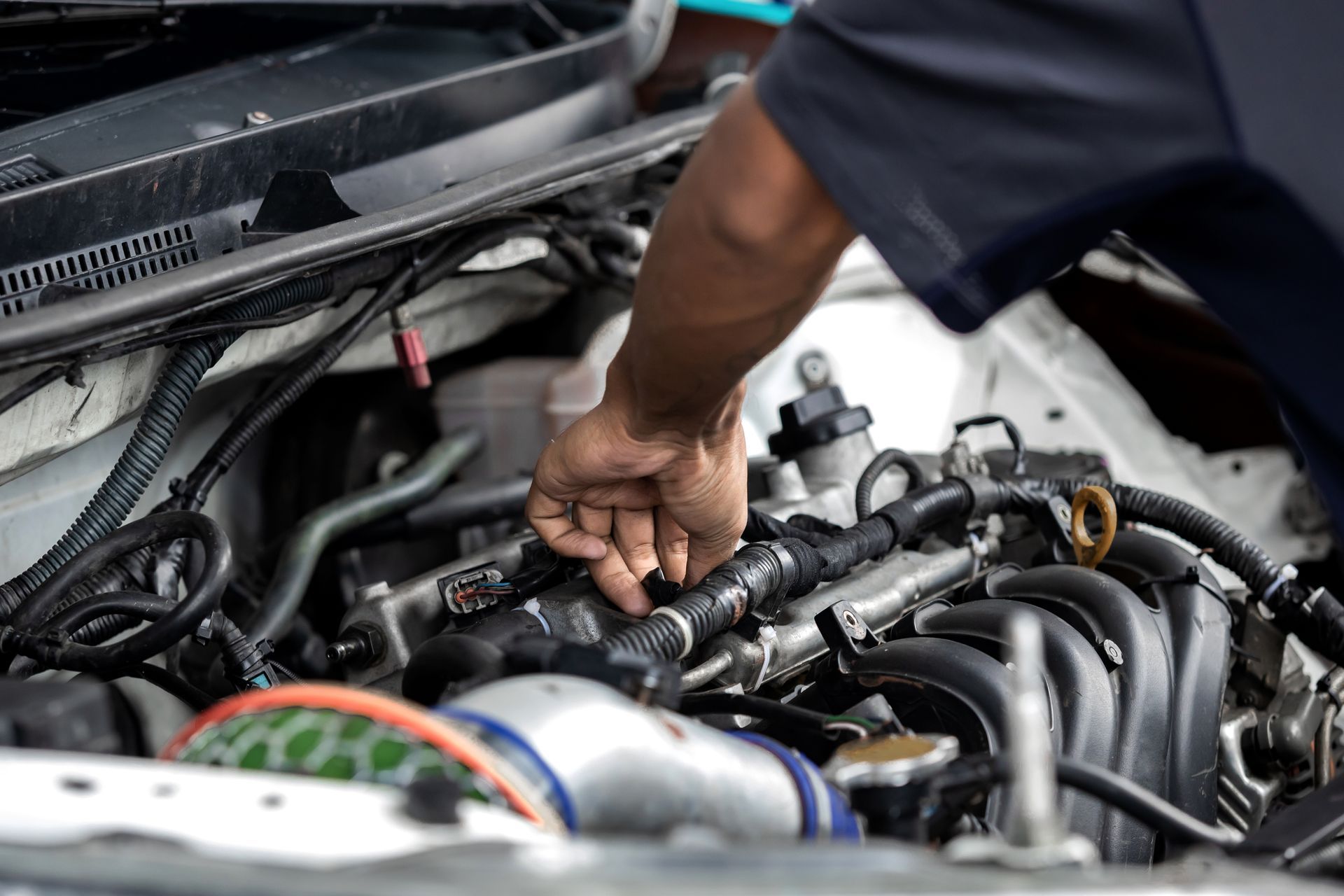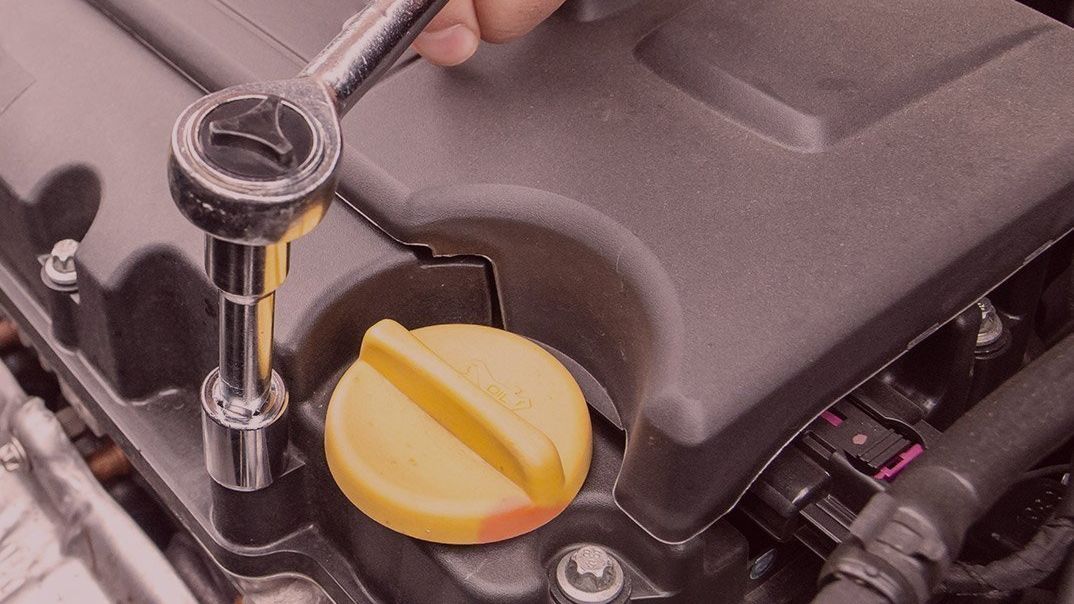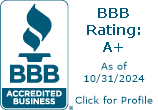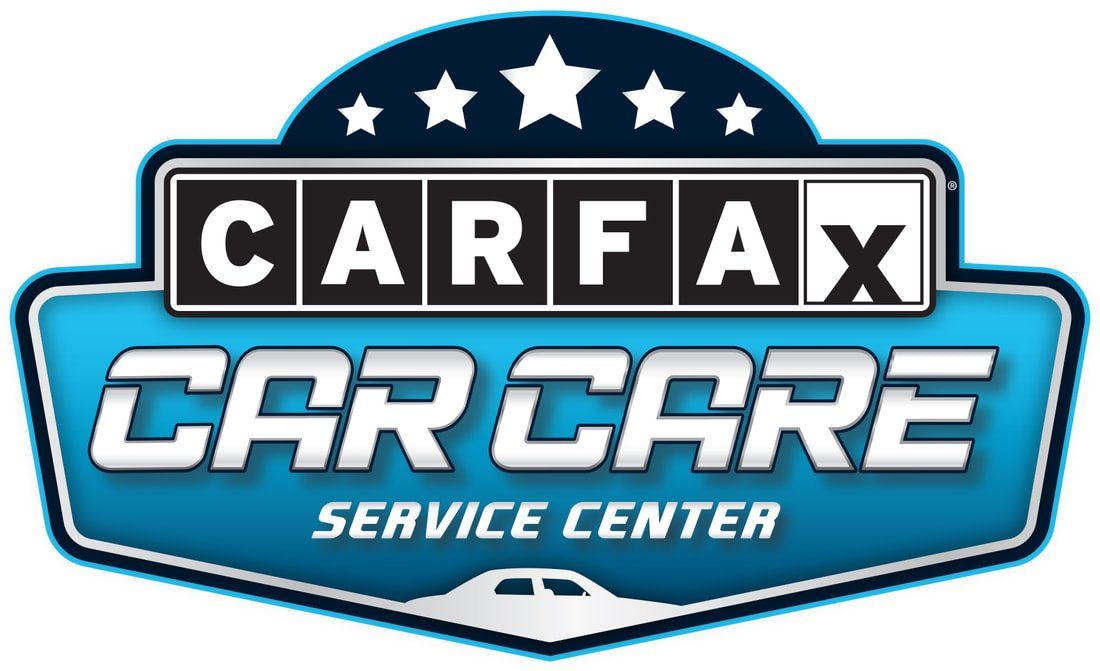
(617) 623-9067
How to Check the Fluids in Your Car
How to Check the Fluids in Your Car
Regularly checking the fluids in your car is a critical aspect of vehicle maintenance. These fluids, including engine oil, brake fluid, transmission fluid, power steering fluid, coolant, and windshield washer fluid, ensure that your vehicle runs smoothly and efficiently.
They lubricate moving parts, cool the engine, facilitate braking, help control steering, and keep your windshield clear. Neglecting to monitor these fluid levels can lead to mechanical issues, reduced performance, or even severe damage to your vehicle over time. By making it a habit to check these fluids, you can prevent costly repairs, extend the lifespan of your car, and ensure your safety on the road. Read our guide below on how to check the fluids in your car:

General Safety Precautions
- Always allow your vehicle to cool down before checking any fluids. This is particularly important for the engine oil and coolant, which can be extremely hot immediately after driving.
- Wear protective gloves and eyewear to avoid contact with harmful chemicals.
- Keep all automotive fluids out of reach of children and pets.
Step 1: Gather Your Materials
You'll need a few things before you get started. This includes:
- A clean cloth or rag
- Your vehicle's owner's manual
Step 2: Park on Level Ground
To get an accurate reading of your fluid levels, make sure your car is parked on flat, level ground.
Step 3: Check the Engine Oil
Be careful when pulling out the dipstick as the area around may be hot. Never overfill your engine or transmission oil. Too much oil can cause damage to your vehicle's engine.
- Turn off the engine and wait for at least 10 minutes to let the oil settle into the pan.
- Open your car's hood and locate the dipstick. If you're unsure where it is, refer to your owner's manual.
- Pull out the dipstick, wipe it clean with your rag, then reinsert it all the way back into its tube.
- Pull it out again and look at the oil on the end of the stick. It should be between the two marks or holes. If it's below the lower mark, your oil level is low.
Step 4: Check the Transmission Fluid
Be careful when pulling out the dipstick as the area around may be hot. Never overfill your engine or transmission oil. Too much oil can cause damage to your vehicle's engine.
- Some cars have a transmission fluid dipstick similar to the oil one, but not all. Check your owner's manual for your vehicle's specifics.
- If there is a dipstick, use the same method as checking the oil. The only difference is the engine should be running when you check the transmission fluid.
Step 5: Check the Brake Fluid
- Locate the brake fluid reservoir in the engine bay (usually near the driver's side). The outside of the reservoir should be marked with a "min" and "max" line.
- The brake fluid should be between these two lines. If it's below the minimum line, top it up.
- Avoid spilling brake fluid on your car's paint as it can cause damage.
- Do not let dust or dirt get into the brake fluid reservoir while it's open.
Step 6: Check the Power Steering Fluid
- Locate the power steering fluid reservoir. It usually has a small dipstick built into the cap.
- Remove the cap and check the fluid level on the dipstick. It should be between the minimum and maximum marks.
- Similar to brake fluid, ensure no foreign substances enter the power steering fluid reservoir.
Step 7: Check the Coolant
- Never open the coolant reservoir cap if the engine is hot. The coolant system is under pressure and hot coolant could spray out, causing severe burns.
- Locate the coolant reservoir in your engine bay. It's usually clear with minimum and maximum fill lines on the outside.
- The coolant should be between these two lines. If it's below the minimum line, you'll need to add more.
Step 8: Check the Windshield Washer Fluid
- While not typically hazardous, it's still a good idea to avoid direct contact and certainly ingestion of windshield washer fluid.
- The windshield washer fluid reservoir is often marked with a symbol of a windshield or water spray. It's usually white or clear plastic so you can see the fluid level without opening it.
- If it's low, fill it up with a windshield washer fluid until it reaches the fill line. While not typically hazardous, it's still a good idea to avoid direct contact and certainly ingestion of windshield washer fluid.
Remember to always refer to your vehicle's owner's manual for specifics about your vehicle. if you're ever unsure or uncomfortable checking your vehicle's fluids, take your car to the professional mechanics at Teele Square Auto in Somerville. It's better to be safe than sorry when it comes to vehicle maintenance. Don't hesitate to contact us at
(617) 623-9067 to schedule maintenance on your car.
Teel Square Auto - Blog
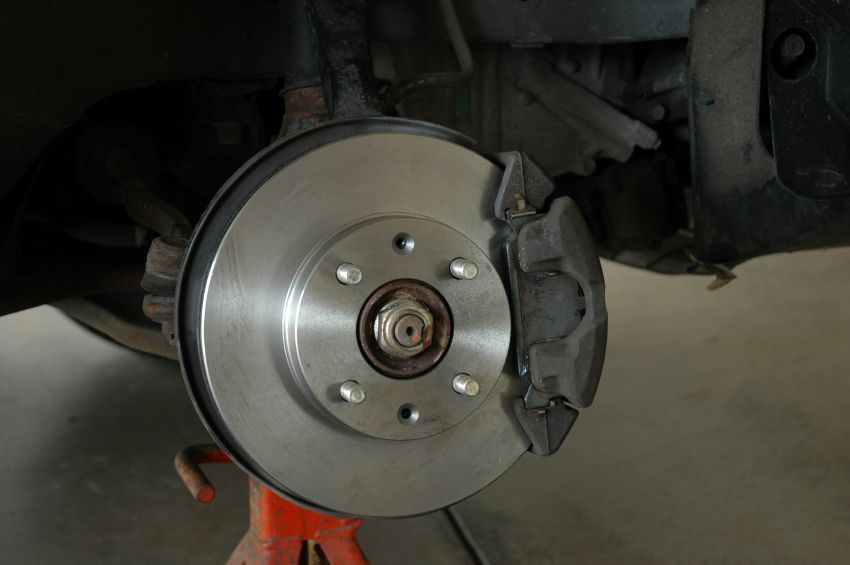
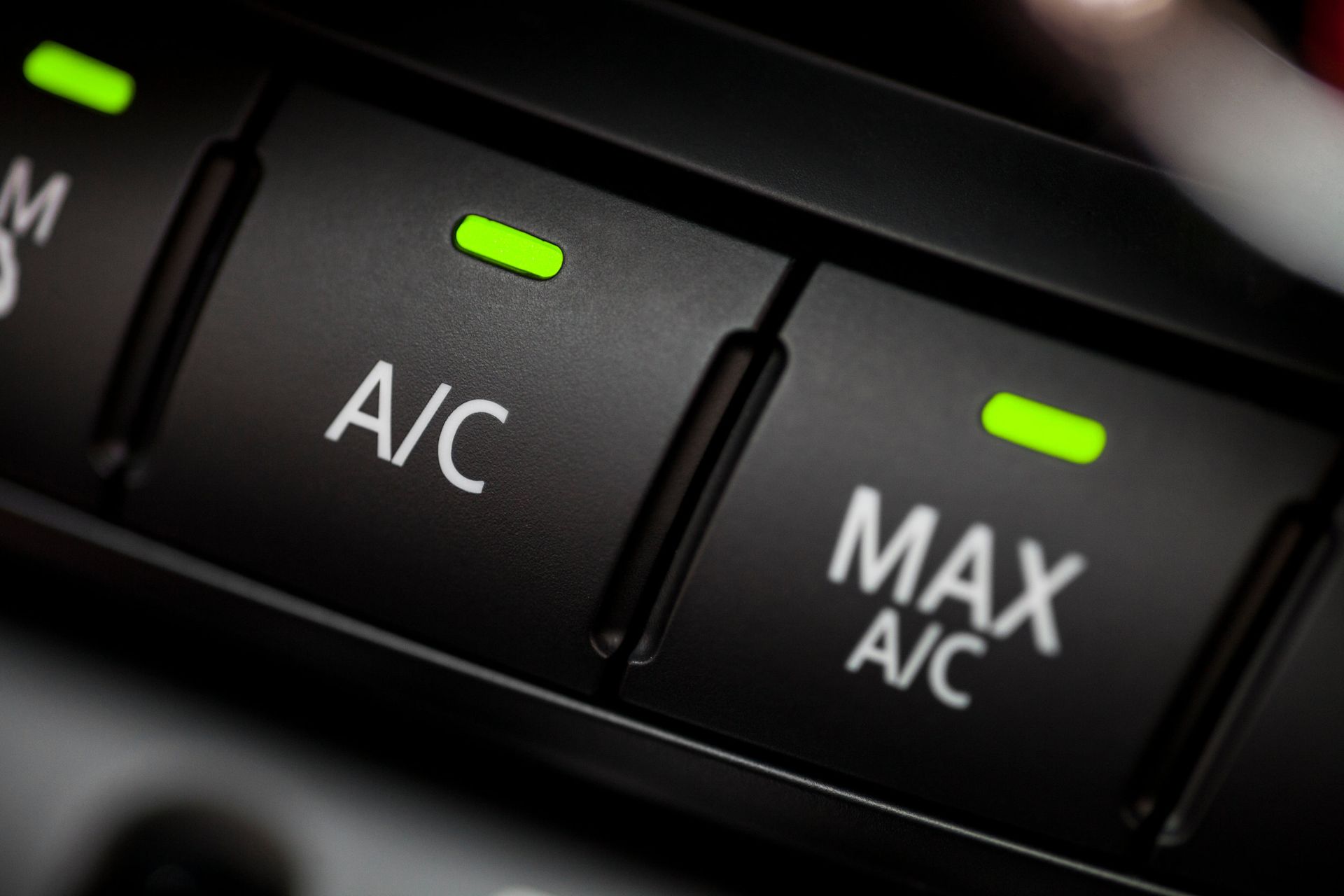

All Rights Reserved | Teele Square Auto
